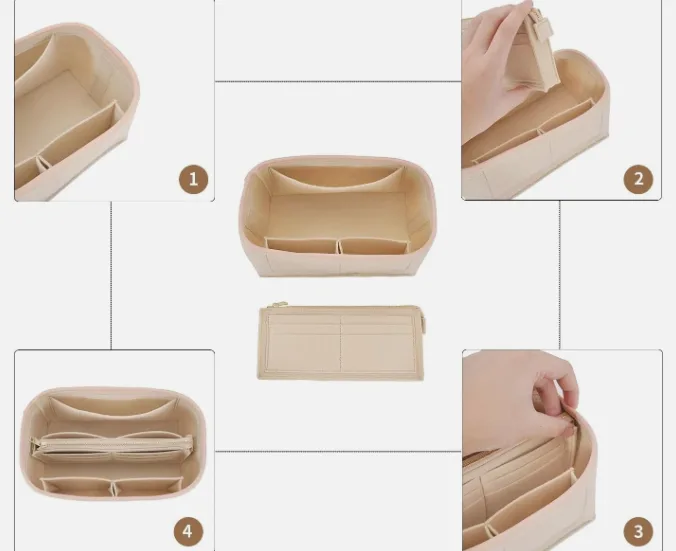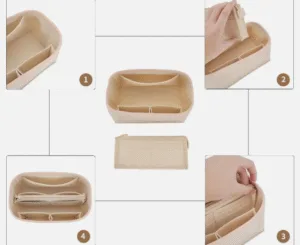Imagine this—you’re rushing through a busy airport, your favorite bag slung over your shoulder, stuffed with travel essentials. It looks stylish, feels comfortable, and somehow manages to hold everything you need. But have you ever wondered why some handbags stay perfectly structured after years of use, while others lose their shape within months? The answer lies in the anatomy of the handbag.
In the world of fashion and functionality, every detail matters—from the handles and hardware to the lining and stitching. Understanding how a handbag is built helps you appreciate true craftsmanship, whether you’re comparing Gucci handbags, Chloé purses and handbags, or developing your own collection.
For designers, retailers, and brands working with an experienced handbag manufacturer, this knowledge ensures that each piece is not only beautiful but also durable and practical. This guide will walk you through the essential components, key styles, and structural features that define every great handbag—so you can create, sell, or simply choose better.
Contents
Handbag Anatomy Explained
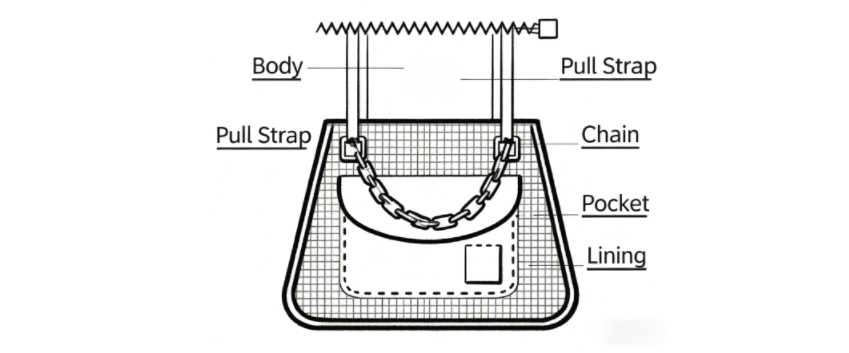
Below are the most common parts that make up a handbag. Understanding each section helps you evaluate quality, functionality, and craftsmanship — especially when working with a handbag manufacturer or designing your own collection.
Body / Compartment
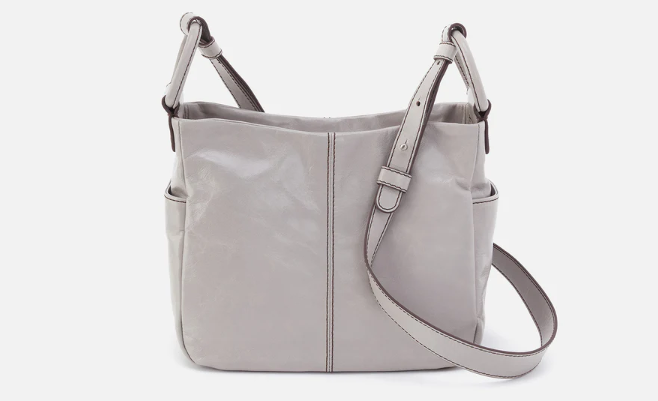
This is the main section of the bag, used to store your essentials. From compact purses to large totes, the body determines the overall shape, structure, and capacity. In professional bag construction, reinforced edges and structured bases ensure durability and aesthetic balance.
Handles & Straps

Handles and straps define how a handbag is carried — from hand-held top handles to adjustable crossbody or shoulder straps. Short double handles suit elegant looks, while longer, softer straps offer comfort for daily use. Multi-functional adjustable straps provide flexible wear options.
Base / Bottom Support
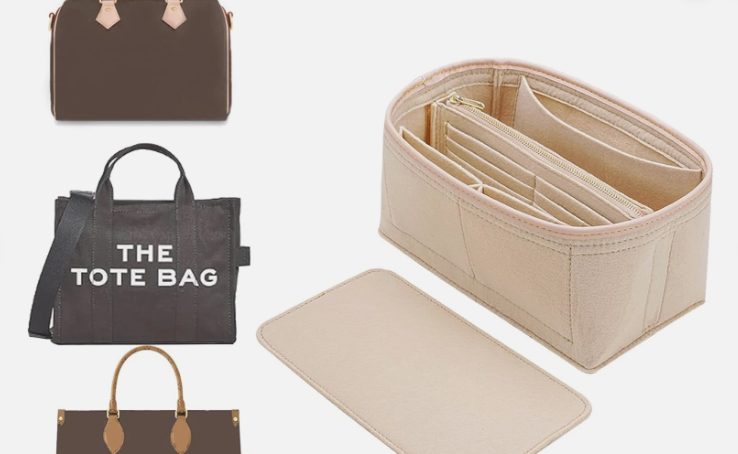
Depending on the bag design, the base may include reinforced panels or flat inserts to add sturdiness and maintain the handbag’s shape. A strong base prevents sagging and increases long-term stability — an essential detail in fine leather craftsmanship.
Hardware
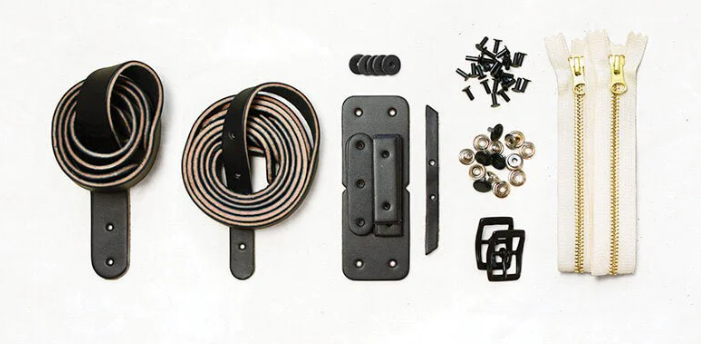
Hardware includes all metal accessories such as zippers, buckles, clasps, hooks, snaps, and studs. These elements not only enhance appearance but also influence the bag’s durability. Premium bag materials often feature brass, zinc alloy, or coated metal finishes for better corrosion resistance.
Zippers & Closures

Zippers are both functional and decorative. They secure belongings and add a stylish edge. Closure options range from zippers and magnetic snaps to twist locks and drawstrings. Choosing the right closure system ensures your handbag’s functionality matches its look.
Lining
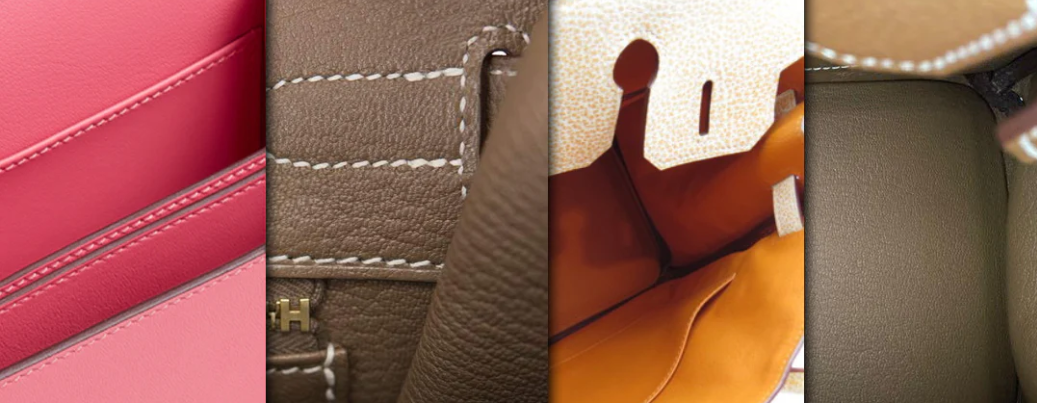
Though often unseen, a good lining improves both longevity and elegance. Soft, high-quality fabric or synthetic lining protects the interior and keeps items organized. It’s a mark of thoughtful bag construction and refined finish.
Pockets & Compartments
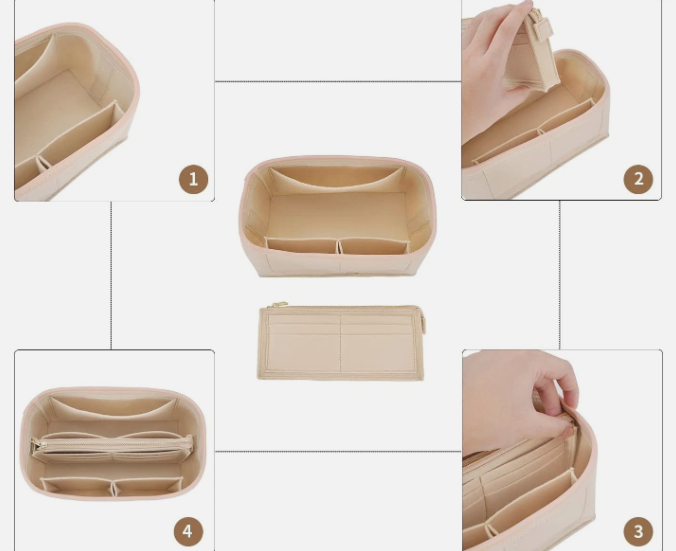
Internal and external pockets help keep your belongings neat and accessible. From zippered pockets for valuables to open pouches for quick access, these divisions add functionality and are essential for organized design.
Stitching & Edges
Neat, even stitching is a hallmark of fine leather craftsmanship. Strong seams ensure the bag maintains its structure under load, while edge painting or binding adds protection and a polished finish. Every stitch contributes to the overall aesthetic and durability.
Material

The material defines the handbag’s texture, weight, and personality. Genuine leather, vegan leather, canvas, and nylon are the most common bag materials, each offering distinct advantages. The right choice depends on your brand style, budget, and sustainability goals.
Conclusion
Understanding the anatomy and types of handbags goes far beyond fashion — it’s about recognizing craftsmanship, material quality, and intelligent design. For designers and brands, this knowledge builds a foundation for better collaboration with your handbag manufacturer and helps you create pieces that truly reflect your vision. For consumers, it means choosing handbags that not only look elegant but also stand the test of time.
At the end of the day, every stitch, buckle, and lining detail tells a story of artistry and purpose. Once you understand what goes into a handbag, you’ll never look at your favorite tote the same way again — you might even start inspecting its seams before checking what’s inside.
FAQ
1. Why is it important to understand the anatomy of a handbag?
Knowing the structure helps you assess durability, quality, and usability. Whether you’re a buyer or designer, it ensures smarter choices when selecting materials or working with a custom handbag price.
2. What are the most durable bag materials?
Full-grain leather, high-quality vegan leather, and treated canvas are among the most durable bag materials. Each offers unique texture, strength, and maintenance requirements.
3. How can I tell if a handbag is well-made?
Look for even stitching, sturdy hardware, smooth zippers, and a reinforced base. Fine leather craftsmanship is often visible in clean edges and consistent color finishing.
4. What’s the difference between handbag types like tote, satchel, and crossbody?
A tote bag is open and spacious for daily use, a satchel offers a structured professional look, while a crossbody is designed for hands-free convenience. Each suits different lifestyles and occasions.
5. Can I customize my own handbag design?
Yes! Many factories, like Sunteam — a professional handbag maker — provide OEM/ODM services, allowing brands to customize shapes, materials, colors, and details to match their market needs.

